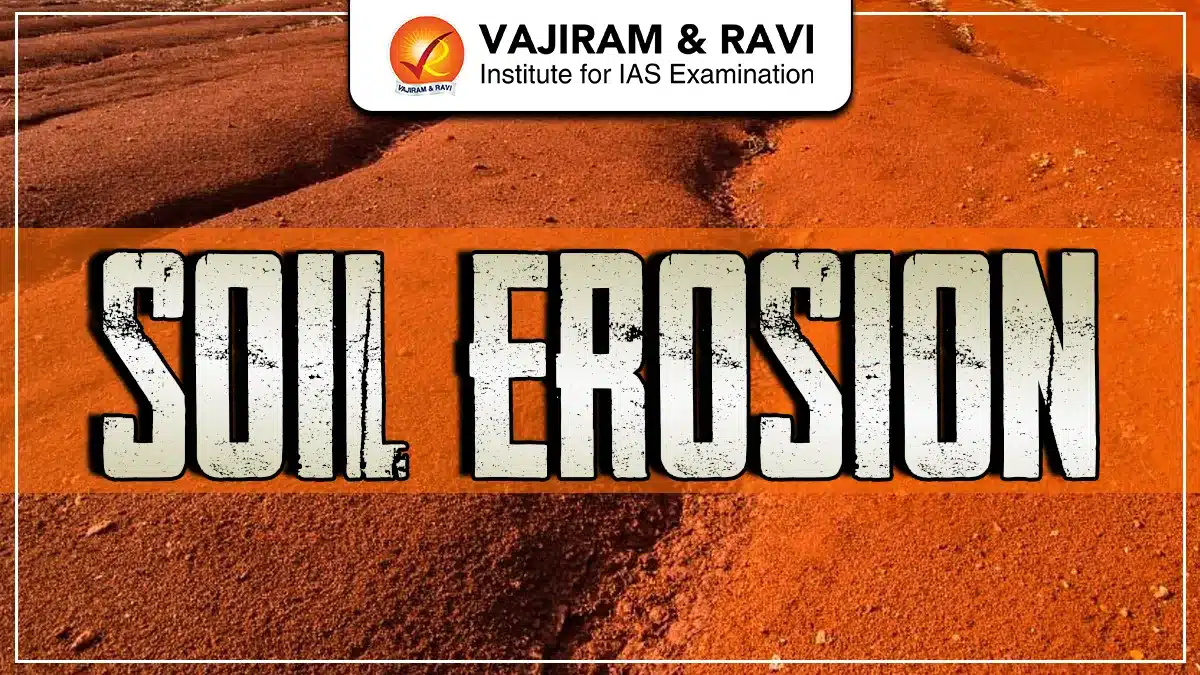India’s geographical landscape features two major landforms, the Himalayan Region and the Peninsular Plateau, each distinct in origin, structure, and physical characteristics. The Himalayan Region, formed by tectonic collisions, consists of young fold mountains with high peaks, deep valleys, and swift rivers, representing an active and evolving terrain.
In contrast, the Peninsular Plateau is a geologically stable, ancient landmass composed primarily of igneous and metamorphic rocks, featuring gently sloping hills and broad valleys. These two regions significantly contribute to India’s physiographic diversity. The following article highlights the fundamental Difference between Himalayan and Peninsular Plateau across key geographic parameters.
Himalayan Region
The Himalayas are the youngest and highest mountain range in the world, stretching across the northern boundary of the Indian subcontinent. Spanning over 2,400 km from Jammu & Kashmir in the west to Arunachal Pradesh in the east, the Himalayas act as a natural barrier, guarding India from the harsh winds of Central Asia and playing a major role in determining India’s monsoon patterns.
Formation and Origin
The Himalayas were formed around 50 million years ago due to the collision of the Indian tectonic plate with the Eurasian plate. This ongoing tectonic activity makes the region geologically unstable, prone to frequent earthquakes and landslides.
Structure and Composition
The Himalayan range is divided into three parallel sub-ranges:
- Himadri (Greater Himalayas): Contains the highest peaks like Mount Everest, Kanchenjunga, and others. It’s mostly covered with snow and glaciers.
- Himachal (Lesser Himalayas): Known for hill stations like Shimla, Mussoorie, and Darjeeling; composed of highly compressed and altered rocks.
- Shivalik (Outer Himalayas): The youngest range, composed of unconsolidated sediments brought down by rivers from the higher ranges.
Geographical and Climatic Importance
- Acts as a climatic barrier, blocking cold winds and attracting monsoons.
- Source of perennial rivers such as the Ganga, Yamuna, and Brahmaputra.
- Rich in biodiversity, forests, medicinal plants, and glaciers.
- Provides natural defense and is home to significant tourism and pilgrimage sites.
Peninsular Plateau
The Peninsular Plateau lies to the south of the Indo-Gangetic plains and occupies a large portion of the Indian subcontinent. It is a geologically stable, ancient landmass formed during the Precambrian era, making it one of the oldest surfaces on Earth, over 2.5 billion years old.
Formation and Structure
Unlike the Himalayan region, the Peninsular Plateau is a craton, a stable part of the Earth’s crust that hasn’t been affected by significant tectonic activity in recent geological times. It was once part of the supercontinent Gondwanaland and drifted to its current position millions of years ago.
The Plateau is broadly divided into:
- Central Highlands: Located north of the Narmada River, comprising the Malwa Plateau and Bundelkhand.
- Deccan Plateau: Triangular in shape, lies between the Western and Eastern Ghats, and covers most of Maharashtra, Karnataka, Telangana, Andhra Pradesh, and Tamil Nadu.
Geological Composition
- Made up of igneous and metamorphic rocks such as granite and basalt.
- Rich in mineral deposits including coal, iron ore, mica, manganese, and bauxite.
- Features black soil (regur), making it suitable for cotton cultivation.
Significance
- Source of seasonal rivers like Godavari, Krishna, and Kaveri.
- Economically important due to mining, agriculture, and forestry.
- Less prone to earthquakes due to its stable geological structure.
Difference between Himalayan and Peninsular Plateau
The Himalayas and the Peninsular Plateau are two major physiographic divisions of India, each with unique characteristics shaped by distinct geological processes. In contrast, the Peninsular Plateau is an ancient, stable landmass composed of hard igneous and metamorphic rocks, with a relatively flat and elevated terrain marked by rounded hills and broad river basins. The table below outlines the key Difference between Himalayan and Peninsular Plateau based on their physical and structural attributes.
| Difference between Himalayan and Peninsular Plateau | ||
| Feature | Himalayan Region | Peninsular Plateau |
|
Geological Age |
Young (about 50 million years) |
Ancient (over 2.5 billion years) |
|
Formation Process |
Formed due to tectonic collision |
Formed by volcanic and tectonic activity during Gondwanaland |
|
Type of Landform |
Fold mountains |
Tableland / Block mountain |
|
Rock Composition |
Sedimentary and metamorphic rocks |
Igneous and metamorphic rocks |
|
Elevation |
High, rugged, and steep with snow-covered peaks |
Moderate height, flat-topped hills and broad valleys |
|
Seismic Activity |
Highly active (earthquakes, landslides) |
Geologically stable |
|
River Type |
Perennial rivers (e.g., Ganga, Yamuna) |
Seasonal rivers (e.g., Godavari, Krishna) |
|
Soil Type |
Alluvial soil in foothills |
Black, red, and laterite soils |
|
Mineral Wealth |
Moderate (mostly forest and hydropower) |
Rich in minerals like coal, iron, and mica |
|
Climatic Impact |
Influences monsoon and acts as a climate barrier |
Experiences tropical and subtropical climate |
Last updated on January, 2026
→ Check out the latest UPSC Syllabus 2026 here.
→ Join Vajiram & Ravi’s Interview Guidance Programme for expert help to crack your final UPSC stage.
→ UPSC Mains Result 2025 is now out.
→ UPSC Notification 2026 is scheduled to be released on January 14, 2026.
→ UPSC Calendar 2026 is released on 15th May, 2025.
→ UPSC Prelims 2026 will be conducted on 24th May, 2026 & UPSC Mains 2026 will be conducted on 21st August 2026.
→ The UPSC Selection Process is of 3 stages-Prelims, Mains and Interview.
→ UPSC Result 2024 is released with latest UPSC Marksheet 2024. Check Now!
→ UPSC Toppers List 2024 is released now. Shakti Dubey is UPSC AIR 1 2024 Topper.
→ Also check Best IAS Coaching in Delhi
Difference between Himalayan and Peninsular Plateau FAQs
Q1. Which is older, the Himalayan or Peninsular Plateau?+
Q2. Why are the Himalayas more prone to earthquakes than the Peninsular Plateau?+
Q3. Which region is richer in mineral resources?+
Q4. How do river systems differ in these two regions?+
Q5. What is the main difference in elevation and terrain between the two?+

















